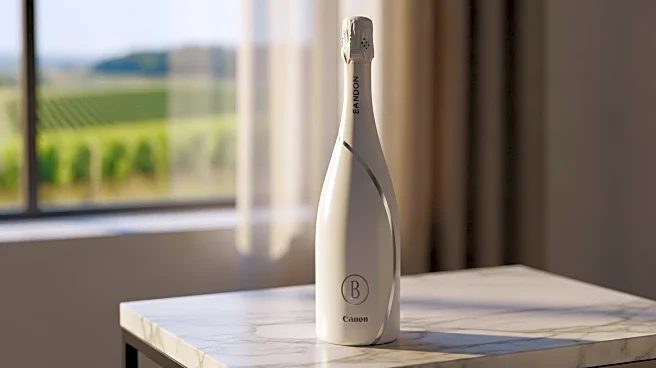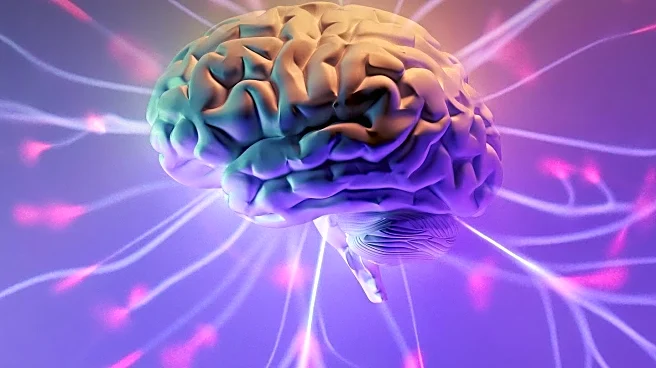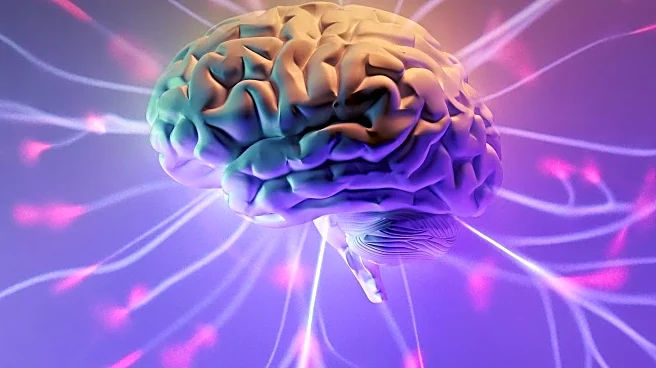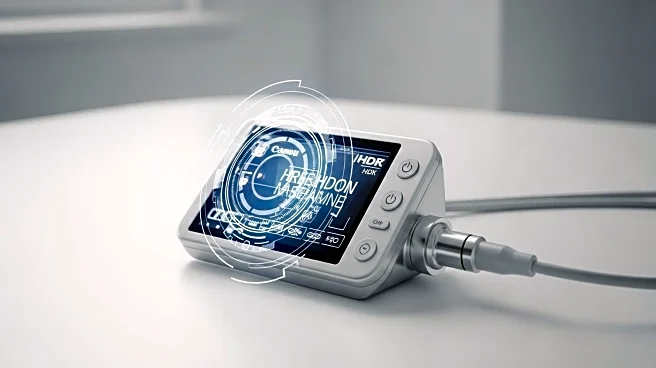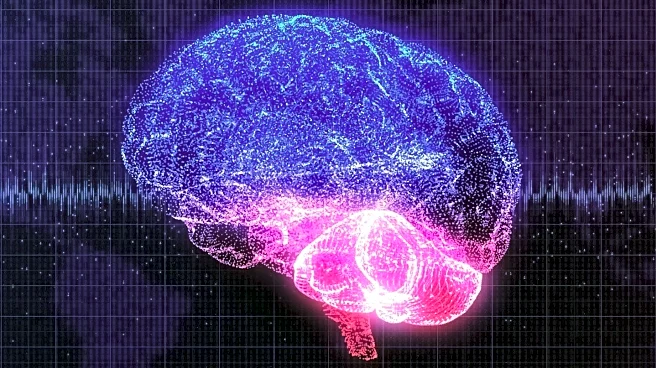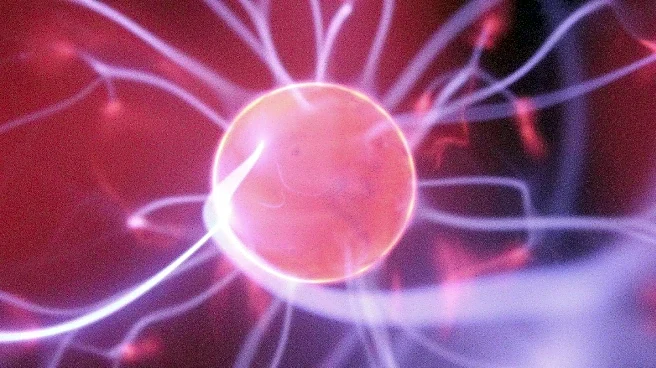What is the story about?
What's Happening?
Researchers at the University of Bath and the University of Bristol have developed a new brainwave test, known as Fastball EEG, which can detect early signs of Alzheimer’s disease in just three minutes. This test records electrical activity in the brain as individuals view a series of images, aiming to identify mild cognitive impairment (MCI), a precursor to Alzheimer’s. The Fastball EEG is a passive test, meaning it does not require participants to answer questions or recall information, reducing the influence of external factors such as anxiety or cultural differences. In trials, 53 patients with MCI and 54 healthy older adults were tested, with results showing significantly reduced memory-related brain responses in those with MCI. The findings, published in the journal Brain Communications, suggest that Fastball EEG could be a practical tool for real-world use, potentially allowing for earlier diagnosis and treatment of Alzheimer’s.
Why It's Important?
The development of Fastball EEG is significant as it offers a non-invasive method for early detection of Alzheimer’s, which could lead to earlier intervention and treatment. Early diagnosis is crucial for the effectiveness of Alzheimer’s drugs like donanemab and lecanemab, which are most beneficial in the early stages of the disease. This technology could be integrated into diagnostic assessments in doctors’ offices, memory clinics, or even homes, making it accessible to a broader population. However, further research is needed to confirm its efficacy in larger, more diverse populations and to determine its role alongside existing diagnostic methods such as PET scans and blood tests. The potential for Fastball EEG to complement other diagnostic tools could enhance the overall approach to Alzheimer’s detection and management.
What's Next?
Ongoing clinical validation studies in the U.K. and U.S., involving 1,000 patients, are expected to provide more extensive biomarker data to support the use of Fastball EEG. Researchers hope to roll out this tool for use in various settings, enabling earlier Alzheimer’s diagnoses. The Alzheimer’s Association emphasizes the need for further research to confirm findings and integrate Fastball EEG into the diagnostic toolbox. Future use of at-home screening should be approached carefully, with healthcare providers guiding patients on their suitability for such tests. The integration of Fastball EEG with other diagnostic methods could lead to more comprehensive assessments and improved patient outcomes.
Beyond the Headlines
The introduction of Fastball EEG raises ethical considerations regarding the accessibility and affordability of early Alzheimer’s detection technologies. Ensuring equitable access to such diagnostic tools is crucial, particularly for underserved communities. Additionally, the implications of early diagnosis on patients’ mental health and lifestyle choices must be carefully managed. As the technology advances, it may also prompt discussions on privacy and data security, given the sensitive nature of brainwave data. The potential for Fastball EEG to transform Alzheimer’s diagnosis highlights the need for ongoing dialogue between researchers, healthcare providers, and policymakers to address these broader implications.
AI Generated Content
Do you find this article useful?




